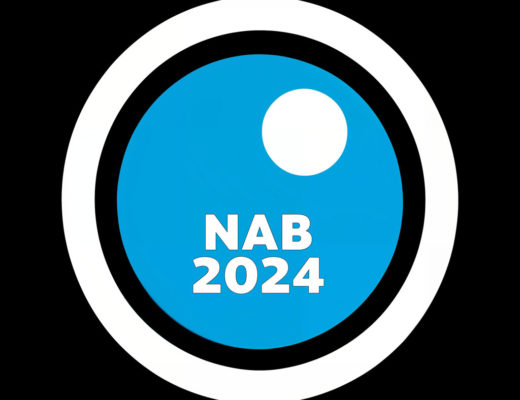Spinning a Semantic Web forMetadata: Developments in the IEMSR
Introduction
The IEMSR, a metadata schema registry, exists to support the development and use of metadata standards; in practice, what does this entail?
Metadata is not a recent invention. It dates from at least the time of the Library of Alexandria, at which hundreds of thousands of scrolls were described using a series of indexes retaining various characteristics such as line count, subject classification, author name and biography. However, specific metadata standards, schemas and vocabularies are created on a regular basis, falling into and out of favour as time passes and needs change.
Metadata may be described as ‘structured data which describes the characteristics of a resource’, although it is often more concisely offered as ‘data about data’. There is a great deal of specialist vocabulary used in discussing it: standards, schemas, application profiles and vocabularies. Going through each of them in turn: a schema is a description of a metadata record or class of records, which will provide information as to the number of elements that can be included in the record, the name of each element and the meaning of each element. In other words, just as with a database schema, it describes the structure of the record. The Dublin Core (DC) standard defines the schema, but does not define the encoding method that must be used (for example, HTML, XML, DC-Text, DC-XML and so forth). A metadata vocabulary is simply a list of metadata elements (names and semantics).
The Application Profile
The hardest of these concepts to understand is theapplication profile(AP), and to understand where the AP sprang from, it is useful to look at the development of the Dublin Core metadata standard. DC originated at a 1995 invitational workshop held in Dublin, Ohio, with the aim of developing a simple core set of semantics for categorising Web-based resources. These core elements, 15 descriptors in total, resulted from an ‘effort in interdisciplinary and international consensus building’ [1], and the core goals that motivated the effort were listed as:
- Simplicity of creation and maintenance
- Commonly understood semantics
- Conformance to existing and emerging standards
- International scope and applicability
- Extensibility
- Interoperability among collections and indexing systems
DC required standardisation, and received it, as ISO Standard 15836 [2] and NISO standard Z39.85-2007 [3]. This successfully achieved, later workplans [4] began to reflect the question of satisfying the interests of diverse stakeholders; the problem of refining DC elements; relationship to other metadata models; and the knotty question of DC’s relationship with one technology that has enjoyed sustained hype since the late 90s – RDF. Weibel [4] notes that ‘few applications have found that the 15 elements satisfy all their needs’, adding that this ‘is unsurprising: the Dublin Core is intended to be just as its name implies – a core element set, augmented, on one hand, for local purposes by extension with added elements of local importance, and, on the other hand, by refinement through the use of qualifiers[…] refining the elements to meet such needs.’
Continues @http://www.ariadne.ac.uk/issue59/tonkin-strelnikov/
Related articles by Zemanta
- Annotating files – but where to store the metadata? (leobard.twoday.net)
- In defense of microformats (factoryjoe.com)
- About Being Semantic (personanondata.blogspot.com)

Filmtools
Filmmakers go-to destination for pre-production, production & post production equipment!
Shop Now
![Spinning a Semantic Web for Metadata 3 Reblog this post [with Zemanta]](http://img.zemanta.com/reblog_c.png?x-id=155f0b22-692b-4cbb-a745-24e89d4cd464)













